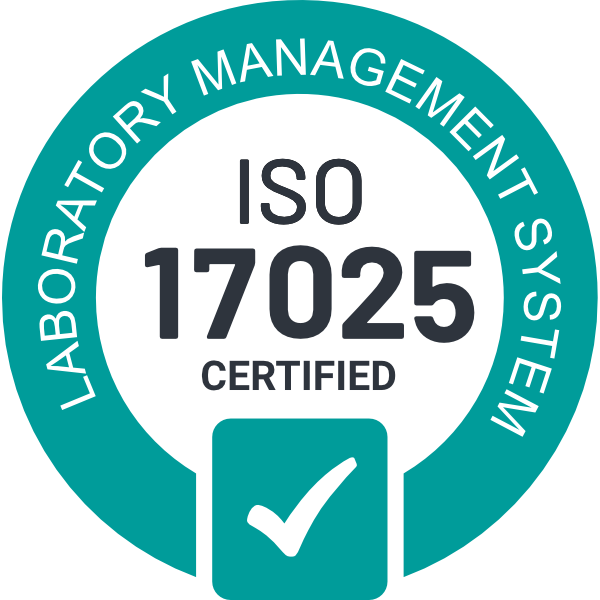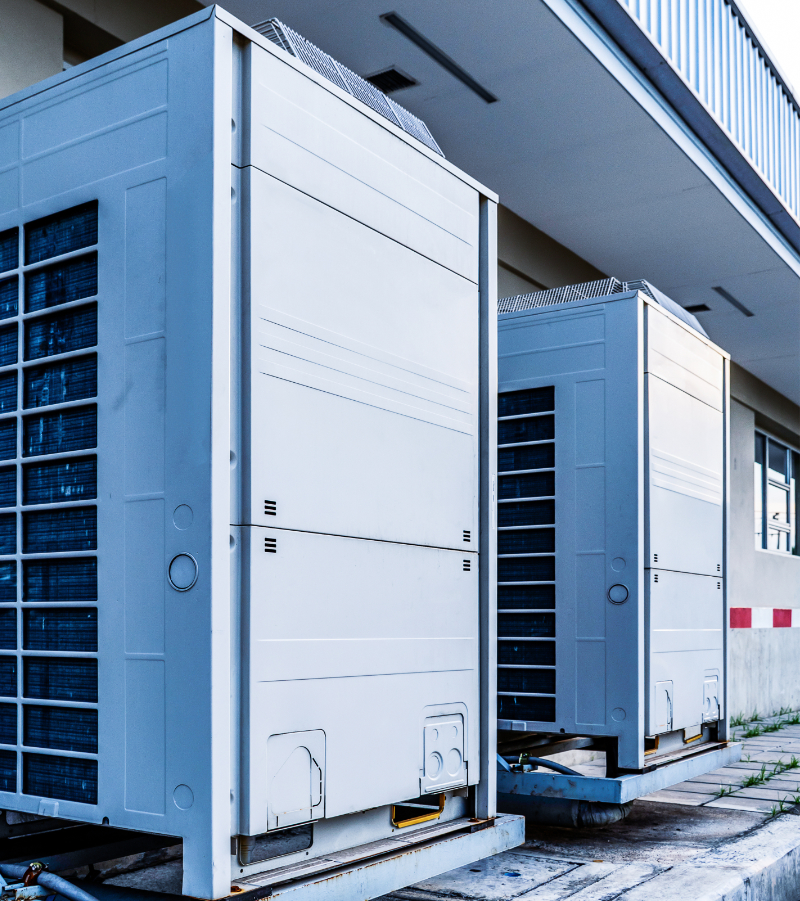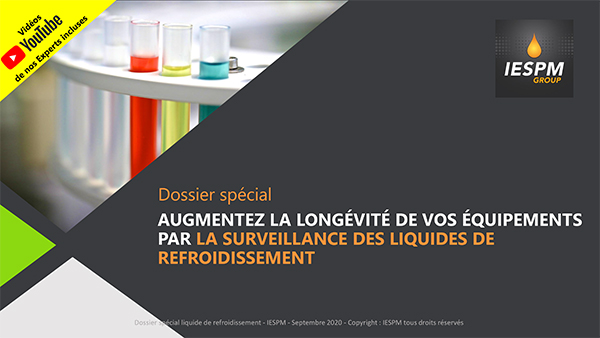Coolant analysis
What is coolant?
Coolant (or heat transfer fluid) is a liquid specially formulated to protect engines in intensive service, where only a third of the energy produced by fuel combustion is converted into power. Part of the excess heat is rejected as exhaust gases, while the remaining third remains trapped in the engine block. This is where the coolant comes in , absorbing this residual heat and transporting it to the radiator, where it dissipates, without harming the environment.
Composed of water, glycol and corrosion inhibitors, coolant resists water’s natural tendency to boil and evaporate. Thanks to its composition, it also protects the engine against extreme cold (antifreeze).
However, not all coolants offer the same level of antifreeze protection. Some types of coolant may contain proprietary additives to prevent tart and dirt build-up, or offer additional anti-corrosion protection.
In an internal combustion engine, the coolant evacuates heat, cools the engine and protects against local overheating.
It also ensures rapid engine warm-up for improved efficiency. On an electric vehicle, it plays an essential role in cooling the batteries, which are particularly sensitive elements that need to be monitored in view of the technological and economic stakes involved.
Finally, coolant is widely used in industries using thermal processes for cooling or heating. In the latter case, the coolant is present in particularly large quantities, up to 30,000 liters.
So, as well as facilitating heat transfer, coolant offers protection against freezing, corrosion and boiling over, and contributes to chemical stability.
Coolant tends to lose its qualities over time, weakening parts of the circuit. It is therefore essential to follow it. It is equally recommended for new electrical equipment, where it plays a key role in preventing battery overheating.
Expert Advice
Eurofins IESPM recommends one coolant analysis per year on high-power engines and industrial circuits (hot/cold).
What are we analyzing?
Coolant analysis enables us to determine and control all its properties and characteristics, and to check its quality and stability over time, in order to avoid breakdowns.
As a reminder, coolant tends to lose its qualities over time, which can damage parts of the circuit.
Analyses and Checked Points
Several elements are checked during a coolant analysis, such as :
- The density at 20°C
- The percentage of antifreeze and water
- L’appearance and color
- The freezing point and boiling point
- The water hardness and its pollutants (quality of water used)
- Visit pH (may reveal the presence of exhaust fumes)
- The alkalinity reserve (control of the liquid’s ability to neutralize acid)
- L’spectrometric analysis (to check for internal oxidation of the circuit…)
- The inorganic inhibitorsand organic (signature of fluid technology)
- The glycol degradation (coolant ageing)
- The gravimetry (to check coolant cleanliness)
Our Quality Assurance



Equipment, Sampling Techniques, and Results Interpretation
For coolant sampling, Eurofins IESPM provides :
- A plastic bottle (500ml)
- A roll of 10m tubing, diameter 7mm
- A tracking label
- A return box
Depending on the type of anomaly, the sampling point is essential in the investigation.
Eurofins IESPM accompanies you through video tutorials and/or operating procedures. Visit our YouTube channel. We also recommend that you be accompanied by our team of experts to determine the best way to proceed and to study on a case-by-case basis the methods adapted to your needs.
Once the sampling is done, you need to fill in the technical information regarding your sample. You can check out our dedicated article for tips on how to register a sample: Go to the page.
Before sending, remember to:
- Thoroughly clean the bottle to remove any liquid residue.
- Stick one of the two labels provided in the kit onto the bottle.
You have just received the diagnosis of the analyses carried out in the laboratory.
This provides you with detailed and reliable information about the condition of the grease and the level of wear on your equipment. Following these results, we offer personalized recommendations to assist you in the condition-based maintenance of your mechanical equipment.
SPECIAL REPORT
Coolant
Coolant is a fluid used in many engine and industrial applications. It’s a fluid that gradually degrades…
CLIENT CASE STUDY
Suspicious coolant
A truck rental company noticed that one of its 19-tonne rigids was overheating. He takes a sample of the coolant…




